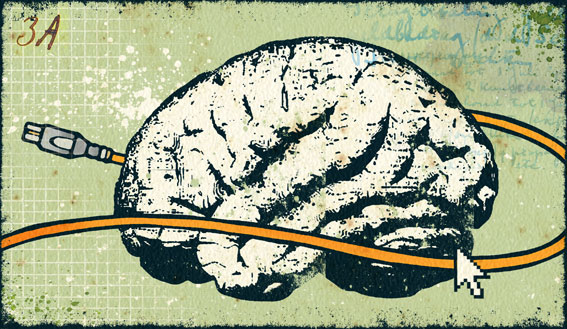The phenomenon of entanglement is one that has stumped physicists all over the world for years. It’s basically when two particles can be in two completely different places, separated by billions of light-years, yet still, be inherently connected to one another and affected by each other’s quantum state changes.
It was previously dubbed as being the “spooky action at a distance” by Albert Einstein and is a concept that is very real. Even though many have their reservations about entanglement, others are convinced of it and have spent many years trying to provide concrete evidence that this phenomenon exists.
Originally, and for a quite some time, scientists thought that entangled particles originated from the same point in space. However, a recent study published in the Physical Review Letters suggests otherwise. David Andrew is from the University of East Anglia and co-author of the study. He said in a statement, “Until now, it has been assumed that such paired photons come from the same location. Now, the identification of a new delocalized mechanism shows that each photon pair can be emitted from spatially separated points, introducing a new positional uncertainty of a fundamental quantum origin.”
This phenomenon was uncovered whilst the researchers were studying a process that involved a beam of photons passing through a crystal in which to generate entangled pairs. We need to be able to trap and entangle photons in order to successfully create quantum computers, and this new information could certainly help scientists move forward with that. By knowing exactly how entangled photons operate could change the way in which quantum computers are currently being designed.
Related Links;
- Cosmic test backs ‘quantum spookiness’ / Nature.com
- New research into light particles challenges the understanding of quantum theory / Phys.org
More News to Read











